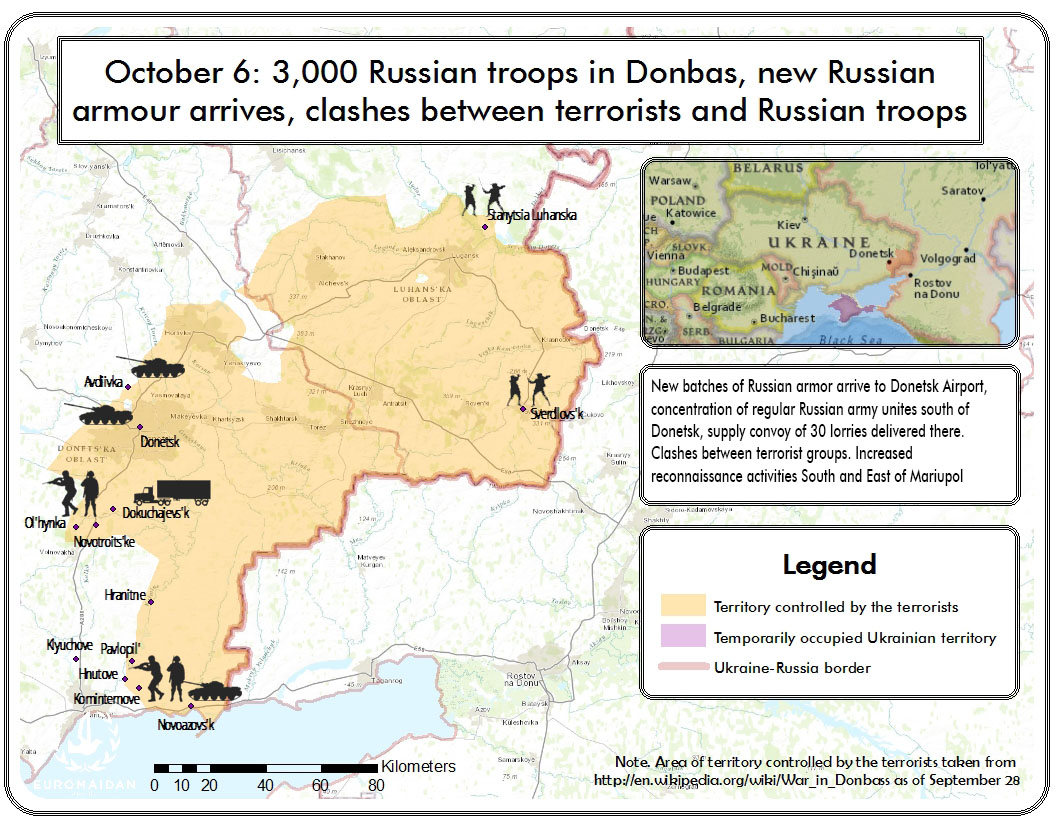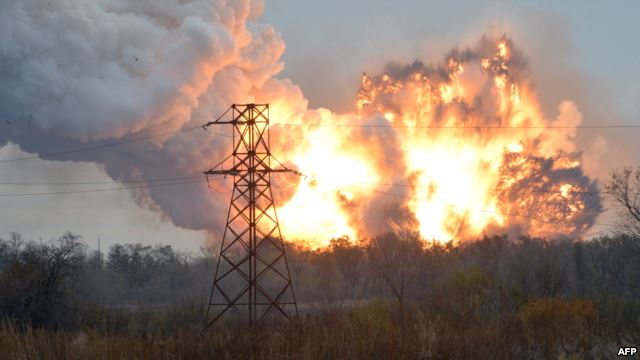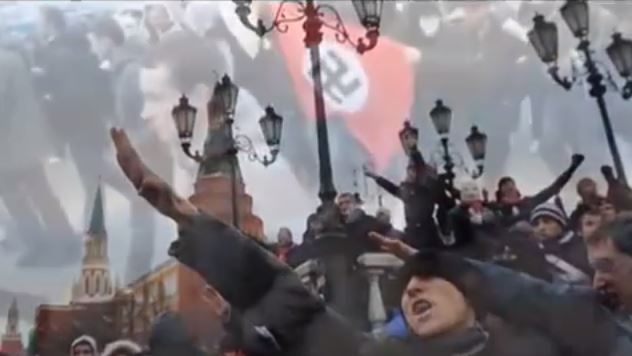The conflict in the Donbas has escalated yet again. The city of Avdiivka fell under heavy fire, resulting in military and civilian deaths. Volnovakha saw an uptick in skirmishes. For months, tension has also hung over the outskirts of Mariupol. The territory between Donetsk and Mariupol and along the Azov coast is under nearly daily attacks as the Russian-backed separatist proxies shell Ukrainian positions with small arms, artillery fire, and rockets, according to the press center for the Anti-Terrorist Operation. The city’s outskirts (Shyrokyne, Lebedynske, Vodyane, Talakivka, Hnutove, Pavlopil, Chermalyk, Novogrigorevka, Hranitne, Starohnativka, Novotroitske, Mariinka, Krasnohorivka) are affected by sustained fighting, described as provocations.
Read more: Escalation in Avdiivka, Eastern Ukraine: key facts and sources
These provocations occur when the separatists start shooting with small arms, and if that doesn’t provoke a response from the Ukrainian side, they resort to heavier weapons, using 82-120 mm caliber mortars. This way, the rebels are provoking the Ukrainians to use larger arsenals, so that they, in turn, can respond with greater force.
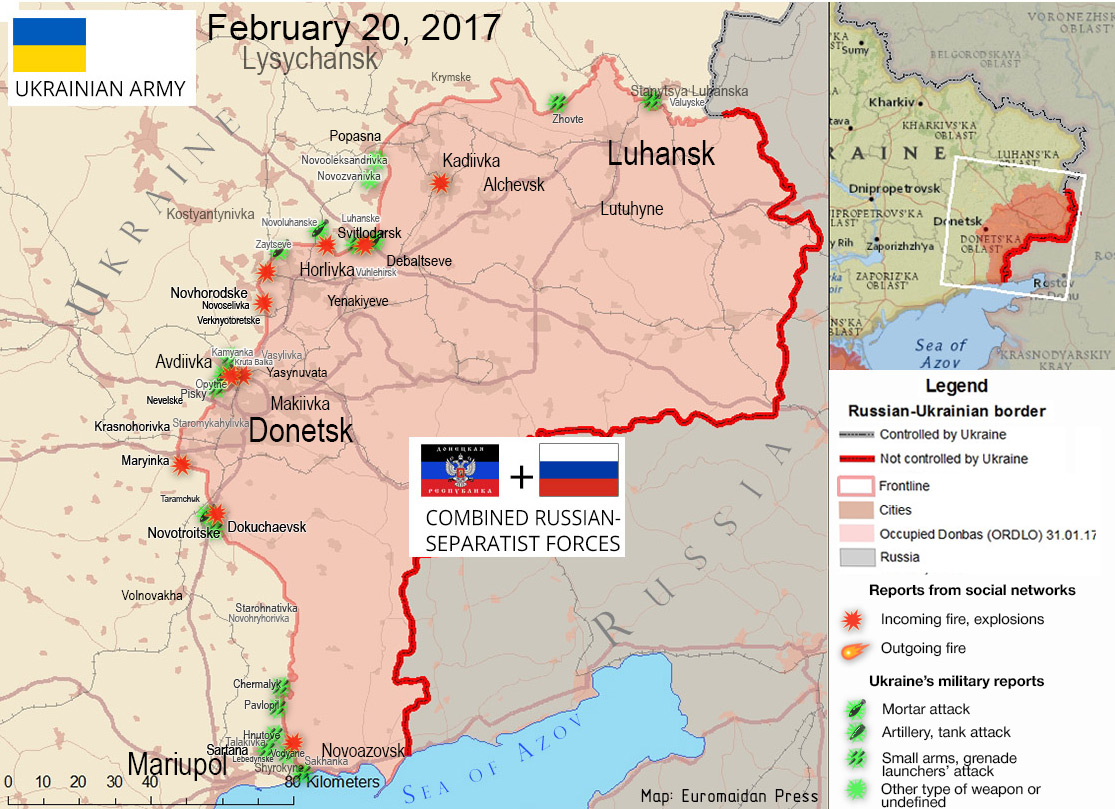
The Ukrainian military frequently detects Russian ships and drones examining the area and checking
the movement of the Ukrainian military personnel and equipment.
Since the beginning of the conflict, Mariupol has been a lucrative target for the separatists. Its industrial production, the country’s second-largest maritime hub, and the population of 400,000 plus residents would be an economic benefit to the now blockaded separatist-occupied Donbas region. From April to June 2014, the separatists briefly controlled Mariupol, but since the city’s liberation, sporadic shelling continued within 10-20 miles of the city limits.
Read also: A Year of Freedom. Mariupol after "DNR": documentary video
The city’s proximity to the uncontrolled border with Russia is a key concern since Russian troops and weapons continue pouring into Ukraine. The stationing of a Russian garrison in the occupied city of Novoazovsk, as well as the heavy concentration of Russian troops on the border also raise red flags.
The shootings in Mariupol’s vicinity demonstrate that the city is under a constant threat of invasion. The separatists are trying to scare residents by shelling nearby villages like Shyrokyno. After three years, the residents have gotten used to living on the edge. The sounds of Grad rockets falling in the distance remind them of the morning of January 24, 2015, when the city’s eastern district was bombarded, killing 30 people.
Read also: Russia kills civilians in Mariupol, demands peace
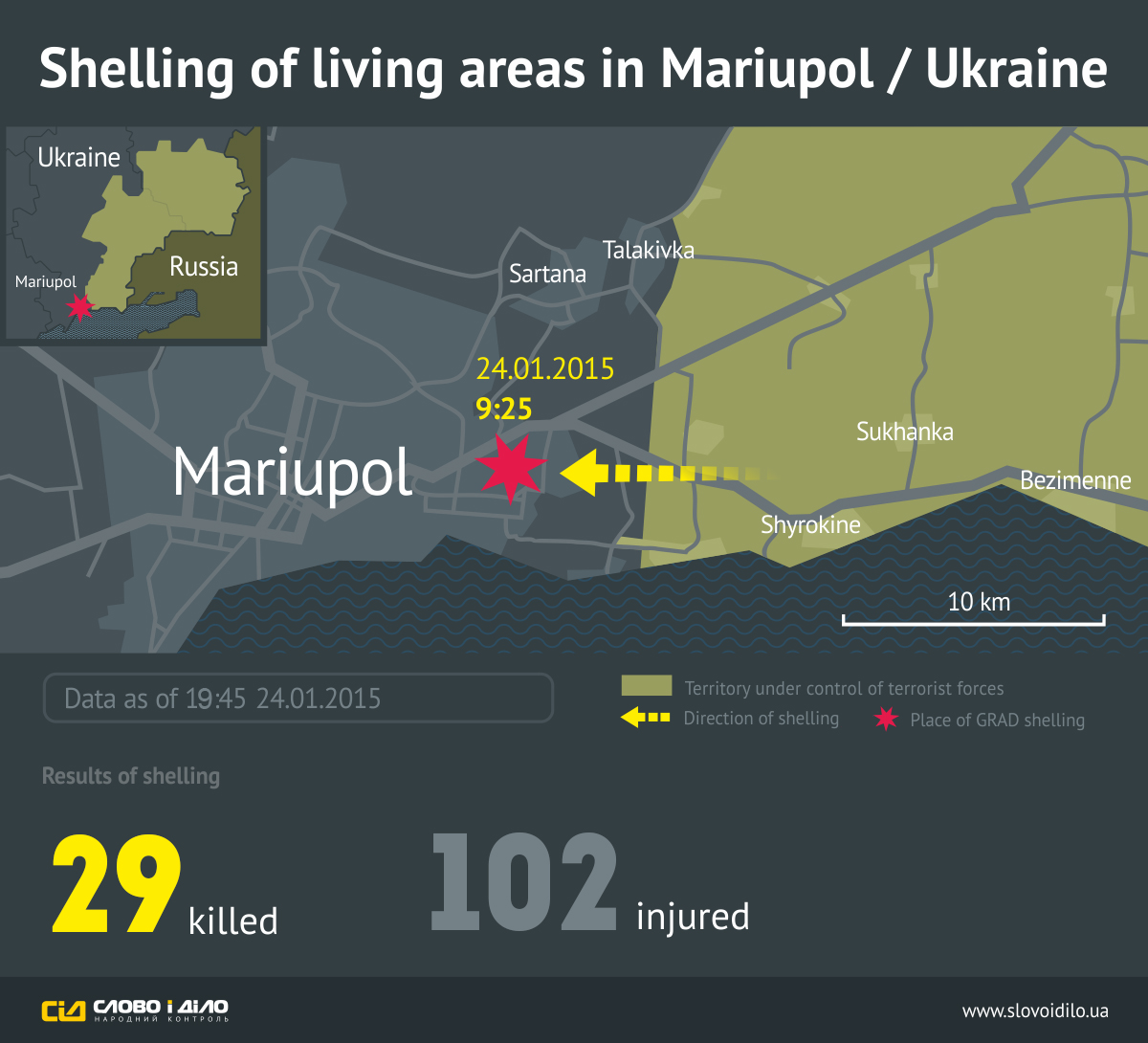
There has been a lot of speculation about Russia’s interest in creating a land corridor to Crimea via Mariupol. However
, this makes no sense because Mariupol’s railroad doesn’t go southwest to Crimea; it only heads north. And, the only coastal highway between Mariupol and Crimea is “a beat-up two-lane road made in the USSR,” says Russian independent military analyst Pavel Felgenhauer.
Transportation of the Russian military by sea would seem to be more efficient than by land.
Ukrainian military officials have been alarmed about a separatist offensive on Mariupol. Last November, a US official feared intensified attacks on Mariupol could commence at any time. Nolan Peterson, Ukraine-based correspondent, earlier observed that the Ukrainian military expect the rebels to “most likely encircle Mariupol and trap thousands of Ukrainian troops inside the city.” However, the lack of superior force has so far restrained them. Thus, any major attempt to take swift action will lead to heavy losses on their part.
Overall, military experts assess the advance on Mariupol as an unlikely event but anticipate that the degree of tension and provocations
will persist. They note that despite the belligerent rhetoric and intimidating simulation drills by the separatists, the task remains insurmountable since the Ukrainian military has built a strong defense around Mariupol with defensive lines, minefields, trenches, anti-tank barriers, and machine gun nests. Hence, the siege of Mariupol is expected to be long and bloody.
Read also: Ukrainian citizens: in Mariupol we’re digging trenches with the kids
Others experts, however, argue that the rebels don’t even need to capture Mariupol because holding certain positions would be sufficient to allow rockets to reach the city, port, and railway junction, paralyzing civilian life and shutting down industrial plants.
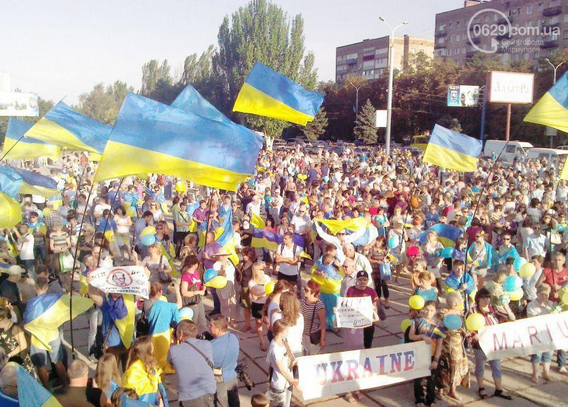
At their posts, the Ukrainian soldiers are cautious and vigilant as any negligence could be the last thing they’ll see. They’re fortifying their posts and conducting round-the-clock surveillance of the icy coastal line. However impossible it may sound; the Ukrainian Marine Corps even considers a scenario of an amphibious advance on ice from the Sea of Azov. Such an offensive would require a tank convoy, artillery, and mounted infantry that the separatists can’t currently supply or operate at full capacity. Also, the separatists will likely lack the element of surprise given how effectively the Ukrainians reveal the separatists’ maneuvers to the public.
Every time there is a spike in violence near the city limits, fears about a siege resurge. Although the Ukrainian forces are now combat-ready to repel the enemy, Ukrainians fear that the rebels are escalating shelling to take more ground. Given that Moscow hasn’t claimed victory in achieving its political goals (guarantees that Ukraine halts its European integration process, rewrites the Constitution, and/or changes its regime), it’s unlikely that it would abandon the Donbas anytime soon. In this conflict, Mariupol has established itself as a symbol of Ukraine’s resilience and unity. Let’s hope it will stay that way.
Read also: Mariupol appeals to the EU citizens


